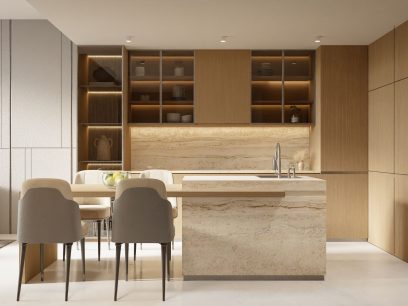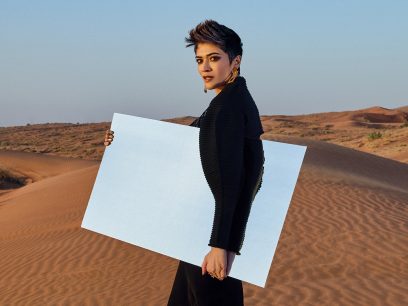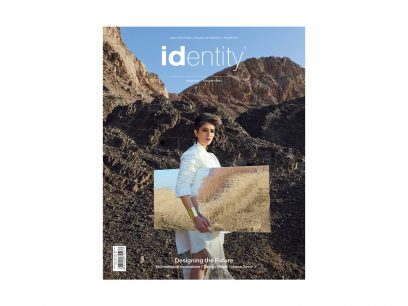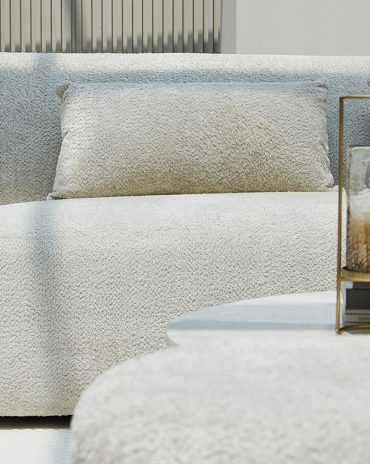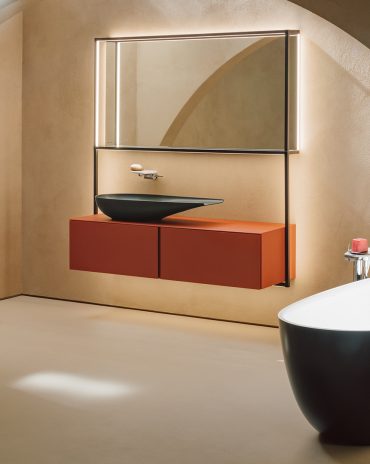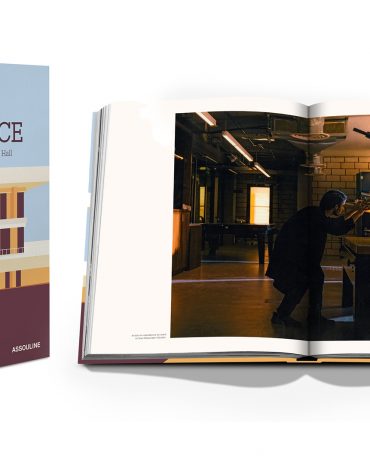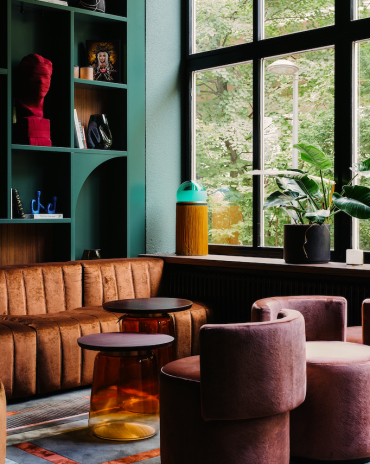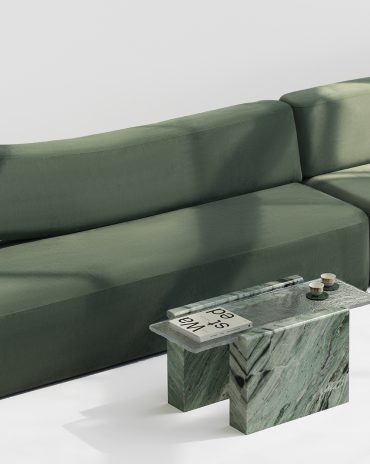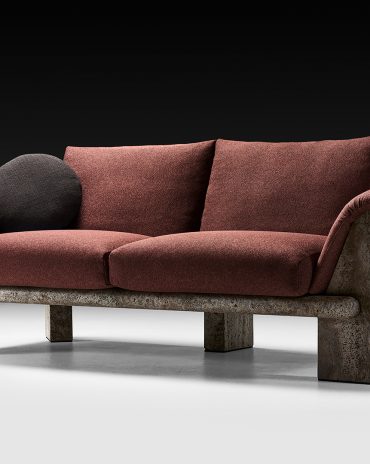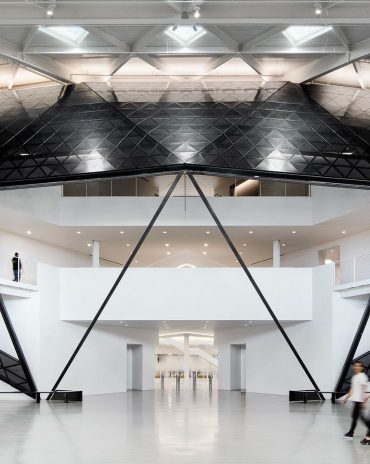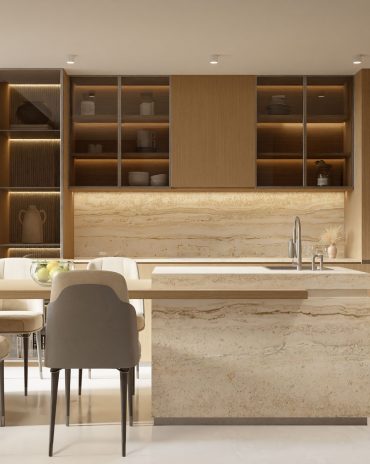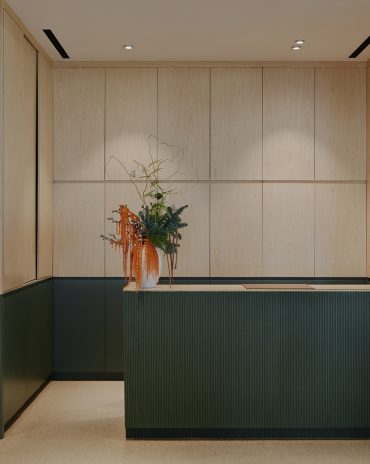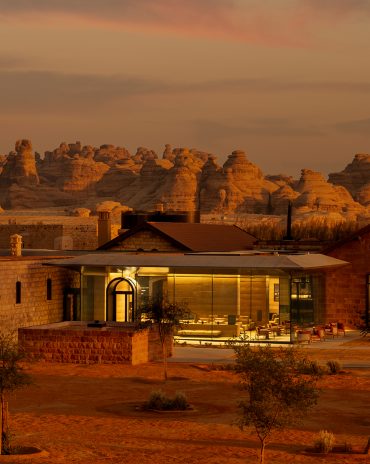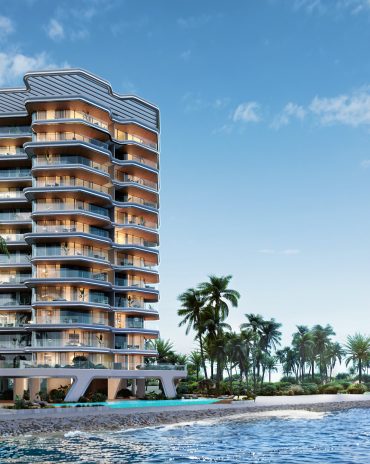Copyright © 2025 Motivate Media Group. All rights reserved.
Sëbou’s latest collection of handmade rugs is woven using Eton’s upcycled fabrics and inspired by flower fields in northern Morocco
Sustainability and craftsmanship is at the forefront of Sëbou's rugs
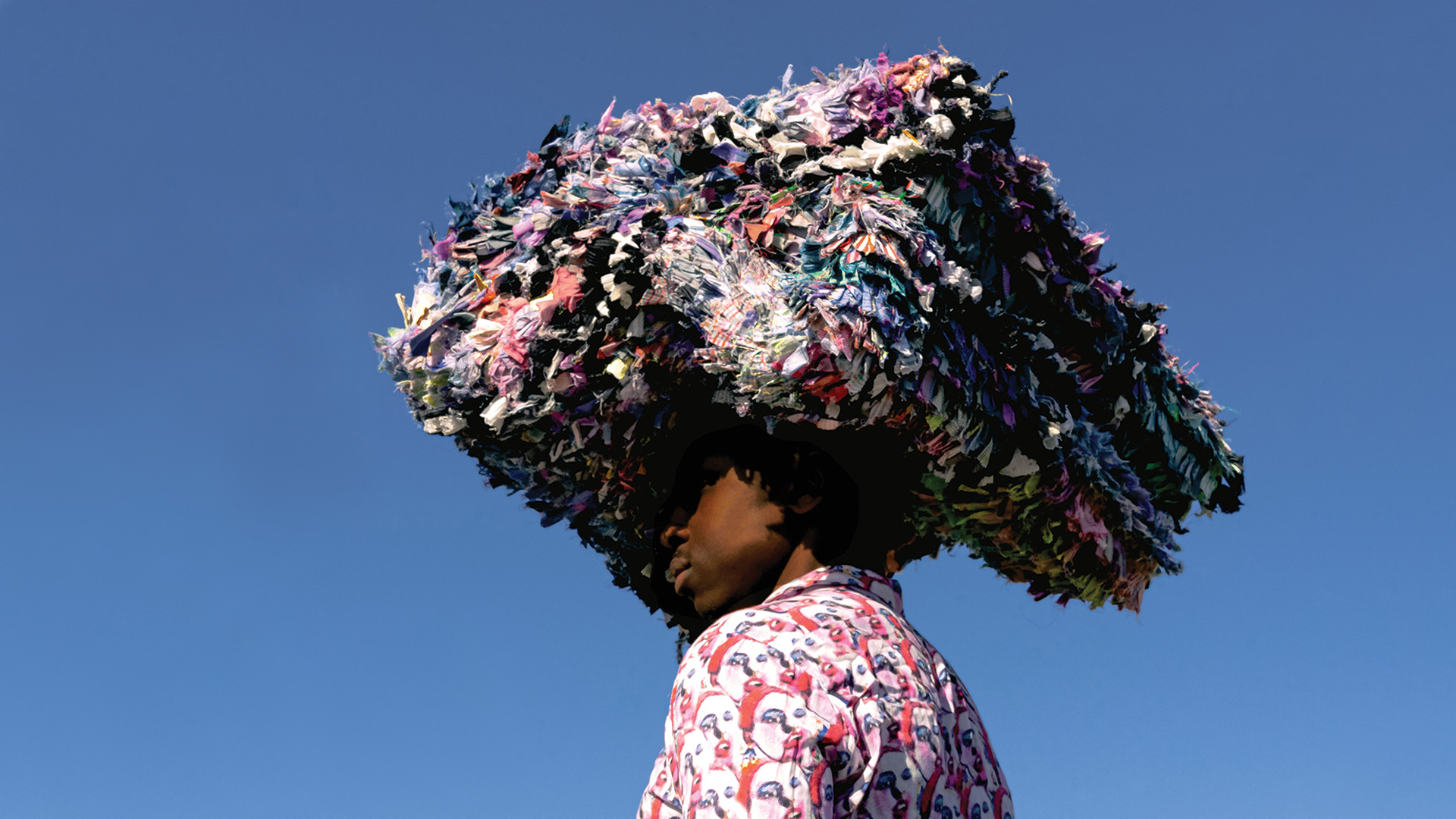
Since starting Sëbou in 2019, Omar Marhri has been adamant in ensuring that his rugs are created with sustainability in mind, using ecological wool made with zero waste, as well as cashmere. His second goal was to highlight the historic artisanship of Morocco’s Berber population, who have been expert craftspeople in the use of wool, iron, silver and clay for pottery. “I wanted to reimagine, reinvent and regenerate the artisanal craftsmanship of Moroccan rug-making,” shares Marhri, who is also the brand’s creative director.

With these values in mind, the Swedish brand’s latest limited-edition collection is woven in Morocco using upcycled by-products from fashion brand Eton’s shirt design process, using excess ‘blanket rolls’, each consisting of more than 100 colours and combinations. While these are usually later placed in storage – in Eton’s fabric archives – the collaboration with Sëbou has given them a new purpose. The idea came to Marhri through a conversation with a friend about fashion design’s ongoing waste problem, specifically leftover fabrics. They were on a plane going back from Morocco to Sweden, where Marhri lives.
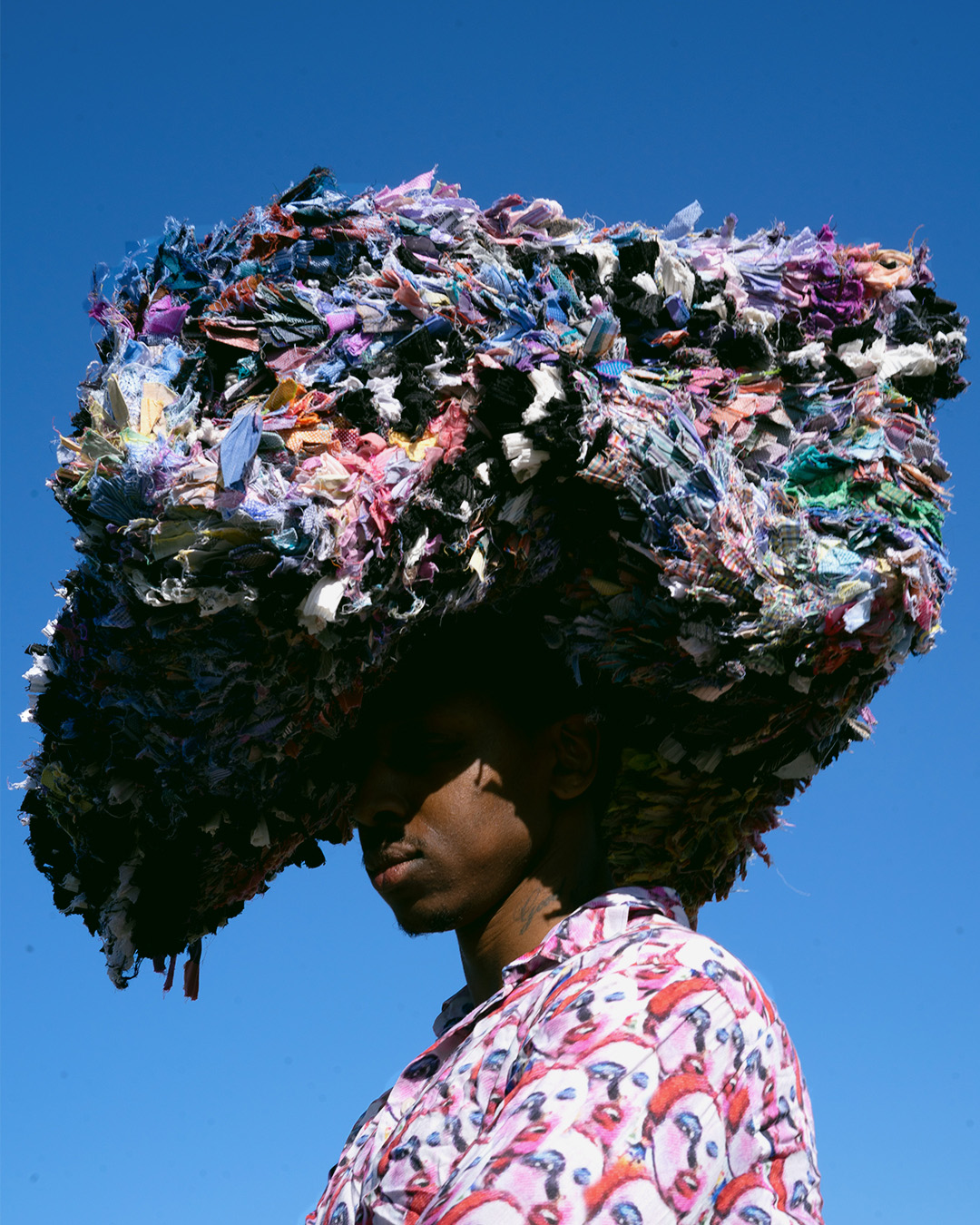
“Being aware comes with responsibility, and we owe it to ourselves and the future to strive towards a more environmentally friendly lifestyle”, he adds. “[For] a design company, trends have an inherent challenge: they have their peaks, and eventually get replaced by the next trend. Our focus has always been to do the opposite: to make one-of-a-kind, timeless pieces made from materials that are recycled and upcycled and can live for a long time.” Leftover fabric is a common result of textile production, prompting Sëbou to purchase it in bulk from Morocco, Ghana and Sweden.

“After I came home to Stockholm from my trip, I contacted my good friend Sebastian Dollinger, who was at the time the creative director at Eton, which is one of Sweden’s oldest shirt brands, with an incredible history. I asked if they had any leftover fabrics that I could reuse to make beautiful rugs. He thought it was an incredible idea to give life to something that is just lying there, and he told me that they have a lot of leftover fabrics in their factories in Italy and Switzerland that we can use,” Marhri recounts.
Sëbou is an amalgamation of its founder’s home and heritage: weaving the subtlety of Scandinavian design with the vibrancy of Moroccan culture, rich in its craft heritage.
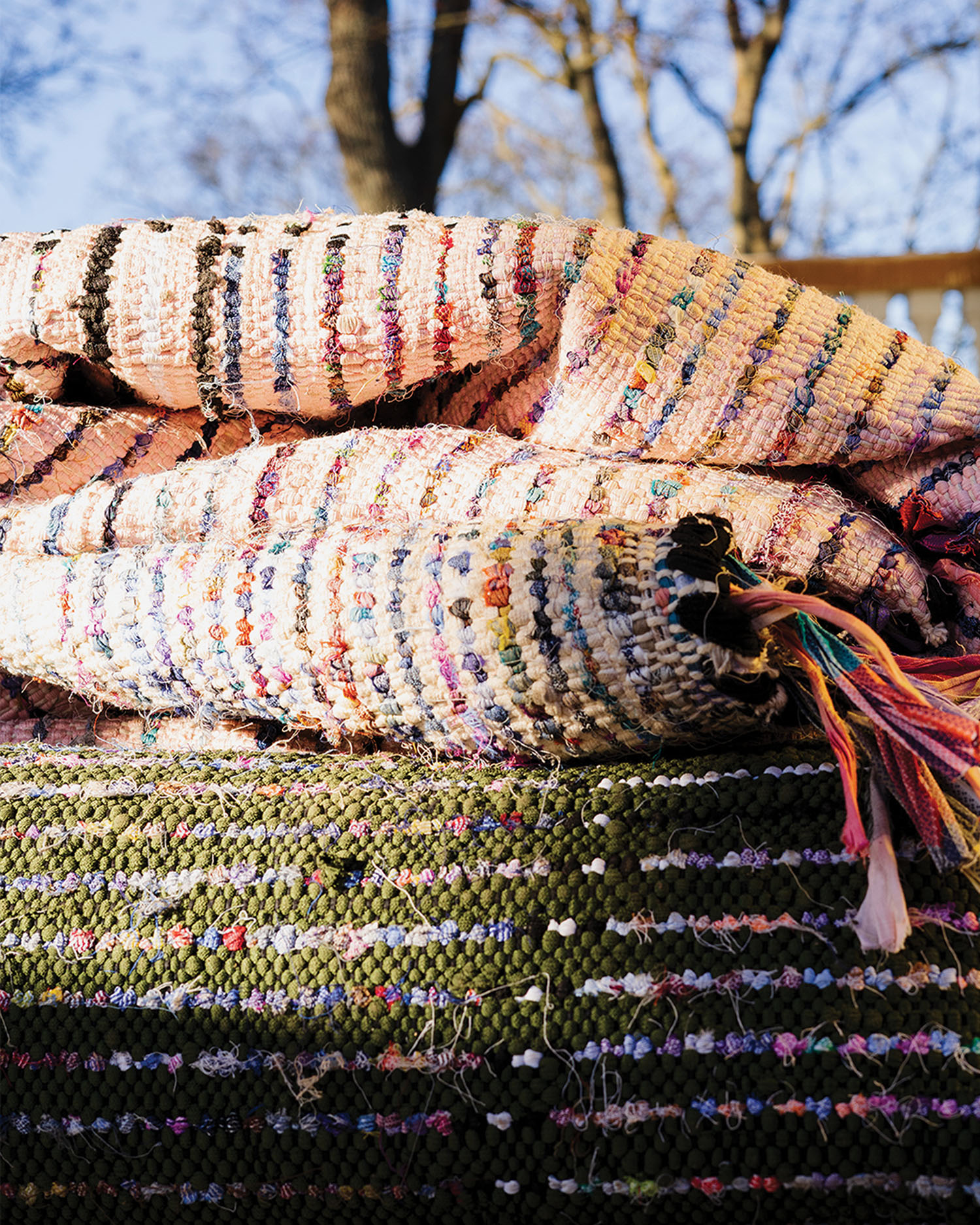
“For thousands of years, the Moroccan Amazigh have been knitting rugs in the same way, with the same historical designs and materials,” Marhri says. “My approach to designs is to try to challenge what has been, mixing old with new, Swedish minimalism and Moroccan craftsmanship, to make unique sustainable rugs.”
The limited-edition collection is also an ode to his childhood memories in Morocco, and inspired by the flower fields by the Sebou River – located in the north of the country. It was the first time he had seen the river in springtime as an adult, having spent summers there only as a child. “When I went down in the spring for the first time, I saw that the fields had bloomed. It brought me such peace and joy to observe, and I really wanted to share this through my art,” he says.
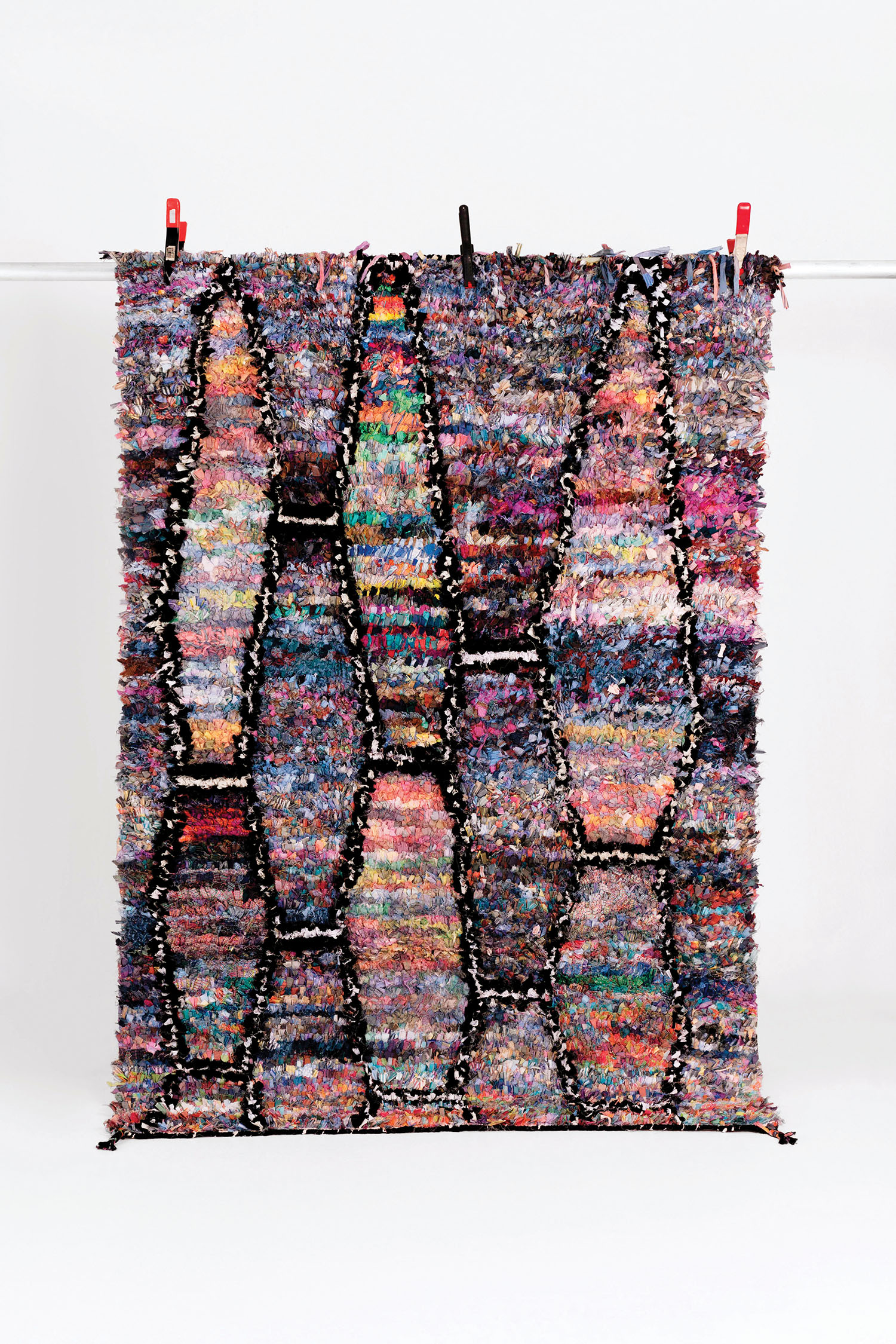
The collection’s vibrant colours have been knotted by hand – a discipline that takes a great deal of expertise and skill that has been passed on for generations.
“Craftsmanship is an art in danger of extinction. As everything becomes more efficiently produced and cheaper, people no longer value craftsmanship and quality as they once did,” Marhri says. “I am truly dedicated to keeping these traditions alive using new, innovative ways, so that craft can also appeal to the new generation.”
The Latest
Textures That Transform
Aura Living’s AW24 collection showcases the elegance of contrast and harmony
Form Meets Function
Laufen prioritises design, functionality and sustainability in its latest collections
Preserving Culture, Inspiring Creativity
Discover the Legacy of a Saudi Art Space: Prince Faisal bin Fahd Arts Hall explores the Hall’s enduring influence on the cultural fabric of Saudi Arabia
Channelling the Dada Spirit
Free-spirited and creative, The Home Hotel in Zurich injects a sense of whimsy into a former paper factory
id Most Wanted- January 2025
Falaj Collection by Aljoud Lootah Design
Things to Covet in January
identity selects warm-toned furniture pieces and objets that align with Pantone’s colour of the year
Shaping the Future of Workspaces by MillerKnoll
Stacy Stewart, Regional Director Middle East & Africa of MillerKnoll discusses the future and evolution of design in workspaces with identity.
Shaping Urban Transformation
Gensler’s Design Forecast Report 2025 identifies the top global design trends that will impact the real estate and built environment this year
Unveiling Attainable Luxury
Kamdar Developments has launched 105 Residences, a new high-end development in Jumeirah Village Circle.
The Muse
Located in the heart of Jumeirah Garden City, formerly known as ‘New Satwa’, The Muse adds to the urban fabric of the area
Cultural Immersion Meets Refined Luxury
The Chedi Hegra opens its doors in AlUla’s UNESCO World Heritage Site
Redefining Coastal Luxury
Sunshine Bay on Al Marjan island combines seaside views, exceptional design, and world-class amenities to create a unique waterfront haven


